Why pay for a green home certification?
As more people pursue high efficiency green home rating certifications, they become increasingly well known and trusted. Consequently, more people seek them out. Developers build smarter homes when consumers demand them, and the existence of certification programs raises the bar on the entire construction industry, including pushing building code to higher standards of energy efficiency.
The UK’s BREEAM (Building Research Establishment Environmental Assessment Method) system came out as the world’s first sustainability assessment method for buildings in 1990 (BREEAM), but as the 'prototype' it was limited in it's scope and for the adaptability to different climates and traditional building materials. BREEAM certainly got a lot of building professionals thinking around the world.
For those who think homes built to code in the US and Canada are good enough, remember that the building code essentially defines the worst performing home you are legally allowed to build. And Depending on which state or province you live in, it can be a little bit of a lottery when looking for a new home, especially as an environmentalist or someone looking for a healthy home with safe indoor air quality and lower utility bills.
In most parts of North America, buying a home that is simply 'built to code' doesn't tell you much. In areas with out-dated or non-existent building codes, a home such as LEED or Passive House that has been designed, built, and certified to a particular standard can ensure the performance, health, and durabilily of your home. Buying a certified green home is a way to protect your investment.
Which green home certification program is best?
Opinions vary on which home certification program is best, so In no particular order, here is an overview of the more common home rating systems you might encounter and an idea of what each one addresses and promotes in the pursuit of the perfect eco-friendly green home.
LEED for Homes:
Originating in the USA, LEED is currently the most prolific green building rating system and stands for Leadership in Energy and Environmental Design. LEED was created by the U.S. Green Building Council (USGBC).
To quote the U.S Office of Federal Environmental Executive, 'green building’ is defined as the practices of increasing the efficiency of a building or site in their use of energy, water, and materials, and reducing building impacts on human health and the environment.
The USGBC was founded In 1993 in the American Institute of Architect’s (AIA) boardroom, instigated by representatives from over 60 firms and nonprofits. The USGBC was organized as a membership-based non-profit to promote the betterment of buildings through sustainable practices in the building and construction industry.
The pioneers behind the council were David Gottfried, a construction manager and real estate developer, Michael Italiano, an environmental lawyer, and S. Richard (Rick) Fedrizzi the president of Green-Think, a marketing and communications consulting firm.
In 1995, the USGBC partnered with the Natural Resources Defense Council (NRDC), lead by NRDC scientist Rob Watson, and created the LEED green building rating system. The first version of LEED was adopted after finalization by the USGBC, and launched with the help of the Federal Energy Management Program in August of 1998.
Administered in Canada by the Canada Green Building Council (CaGBC) and around the world by a growing network of non-profits, LEED is the most comprehensive and versatile home rating system, and consequently the most recognized.
LEED promotes sustainable building practices through material selection, responsible site management and design. LEED homes generally have reduced ecological footprints, healthier indoor environments and offer 30 to 70% in energy savings over homes built to provincial & state code.
Because it is the most well-recognized certification program, LEED homes can have access to reduced mortgage rates, reduced home insurance rates and often municipal tax relief. At times of resale they command on average an 8% higher price, and consistently sell faster.
For more information see our LEED certification pages here.
ENERGY STAR for new homes:
ENERGY STAR promotes guidelines for energy efficiency in new homes resulting in homes that are at least 20% more efficient than homes built to provincial building codes alone.
ENERGY STAR is most commonly known for its evaluation of energy efficient appliances, fixtures, windows and doors. Any products carrying ENERGY STAR label are certified to be a high efficiency option. Other rating systems like LEED for example, will recognize ENERGY STAR certified products, and award points for incoporating them into buildings.
Passive House:
Modeled after the German Passivhaus standard, this certification program deals specifically with home design for passive solar gain, and reducing energy consumption. A certified Passive House is significantly more energy efficient than a conventionally built home. This rating system is pretty much limited to energy performance, so many categories of sustainability and health are not addressed.
You won't find a ton of financial incentives that come with Passive House certification, but you will certainly see some savings when heating or cooling your house. And in some regions you may have exemption from typical heating requirements since they simply aren't needed, so some savings can come in the form of reduced heating system investments. Some of the money you put in to insulation is in a way is offset by money you save in heating systems.
Typically a certified Passive House would be expected to operate approximately 90% more efficiently than a house built to code. That is pretty close to a Net Zero house, often a modest rooftop solar panel system is all it takes to achieve the elusive $0 utility bill.
R-2000 homes:
This rating system was created in the early 80’s by the Canadian Home Builders' Association and Natural Resources Canada (NRCan). R-2000 is a government run program that encourages energy efficient building techniques, with an energy performance of 50% better than code. Certified homes can only be built by licensed R-2000 builders.
Like many of the earlier programs, R-2000 focused solely on the building envelope and performance until very recently. Following the lead of non-government rating systems, R-2000 is now starting to incorporate other sustainability issues into their rating system such as indoor air quality and sustainable material sourcing.
The Living Building Challenge:
By far the hardest certification to achieve, the Living Building Challenge is for the hardcore green builder. This rating system comprises seven performance areas: Site, Water, Energy, Health, Equity, and Beauty. A 'living building' earns that title by generating all of its own energy and capturing and treating all of its waste water.
Certification under the Living Building Challenge can only be achieved after a full year of occupancy to determine actual operational consumption rather than projected.
Studies show that although living buildings are cost effective, there aren't as many financial incentives as with other programs. However there is nothing to stop you from pursuing LEED at the same time and having access to some of the financial benefits that come with brand recognition. If you achieve LBC certification you'll have no problem earning LEED certification, not to mention serious bragging rights.
EnerGuide:
Run by the Canadian government, EnerGuide is an energy consumption index that evaluates not only appliances and heating / cooling equipment, but also new and existing homes. Many other rating systems reference EnerGuide to grade homes. It's based on a 0 to 100 point scale, zero being the least energy efficient performance and 100 being the best.
Energy auditors collect data on a home's building envelope (windows, doors, insulation) as well as appliances and energy systems. With this information and a blower door test to determine how airtight your building envelope is, information is fed into energy analysis software called HOT2000 which compares your home with a reference home of similar size in a similar climate.
Typical Energuide ratings:
0 to 50 Older homes, very poor performance
51 to 65 Older homes that have had upgrades
66 to 74 Homes built to provincial building codes
75 to 79 Energy efficient new homes
8 0 to 90 New homes built for extremely high performance and energy efficiency
91 to 100 Homes that use little or no energy at all
Novoclimat (Quebec only):
A Government of Quebec program to encourage energy efficiency in new home construction. A Novoclimat home uses 25% less energy than a home built to code, but requirements are poised to change in the summer of 2012. Novoclimat focuses primarily on the building envelope, blower door tests are required for certification. Financial assistance is available.
Rénoclimat (Quebec only):
This is another Quebec Government program, for home renovations. Under Rénoclimat your home is assessed by professionals who provide you with suggested upgrades for increased energy efficiency. Financial assistance is available.
Built Green (Alberta, B.C., and Ontario):
Originally developed by the Alberta Home Builder’s Association, Built Green is a Canadian-developed rating system administered by Built Green Canada, a private not-for-profit organization. Similar to LEED for Homes, it covers a wide range of sustainable building measures, including energy and water conservation, indoor air quality and sustainable materials.
Also similar to LEED, there are numerous certification thresholds a building can achieve based on how ‘green’ it is built. The requirements to achieve certification through Built Green are less stringent, and the audit process is less rigorous. This enables certification fees to be reduced and less administrative hassle for the builder, but does result in less 3rd party oversight.
LEED and Built Green both revolve around checklists containing various sustainability measures. The main difference being that Built Green’s ‘action-item’ based checklist has a larger selection of more prescriptive-based measures, whereas LEED’s ‘credit’-based checklist is more intent-based in approach, where a builder has a number of options to demonstrate how the intent of a given credit was met.
Why green home rating systems make sense
EcoHome's view is that the most important thing when buying or renovating a home in North America is to look beyond the surface finishes, look into the foundation, the structure, building envelope performance, and durability measures that were taken.
Educate yourself on every element of the house construction to ensure the biggest investment you're ever going to make is built to perform well and withstand the ravages of time. And if that sounds complicated, seek out a builder that already looked into all that for you and who builds better homes with a green home certification.
Now you know about the benefits of green home rating systems. Find more pages about sustainable construction below and in the Ecohome Green Building Guide pages.
Discover all the benefits of a free Ecohome Network Membership here - promote your business and get access to discount pricing on select building materials! |





























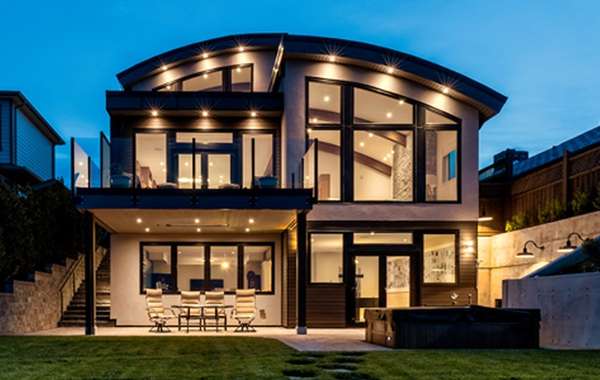
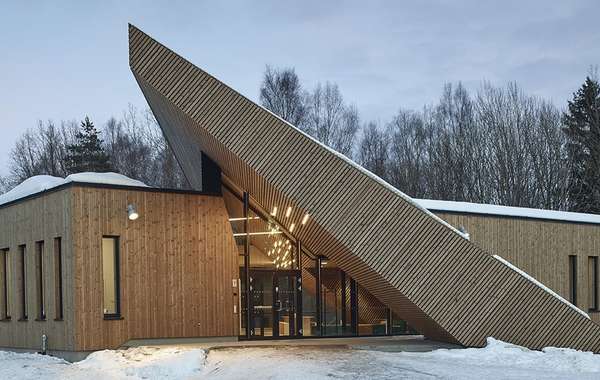

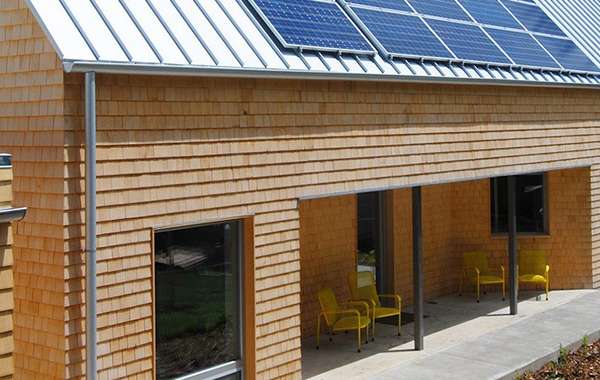


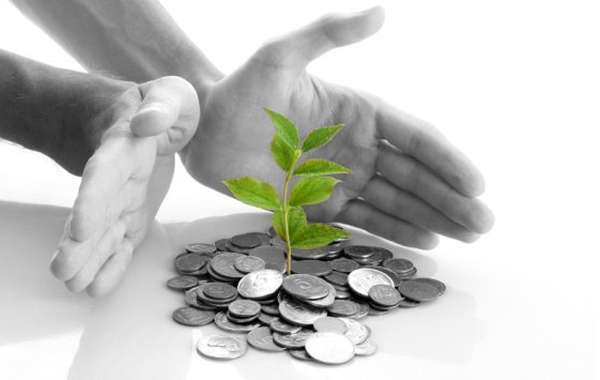

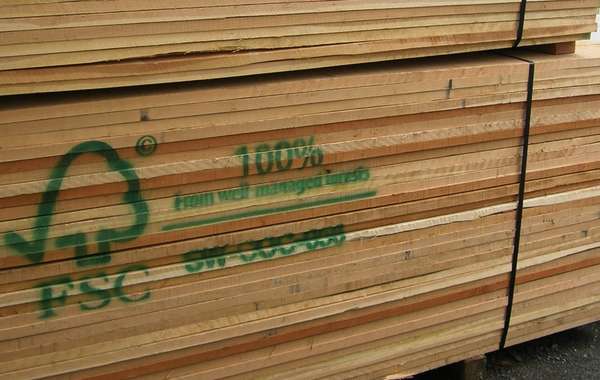

Of the programs listed Built Green has the largest number of certified homes in Canada, the most direct relationship with Canadian home builders and the most accessibility for those builders working towards net zero healthy homes constructed with sustainbly sourced materials. Why is it the last program on your list?